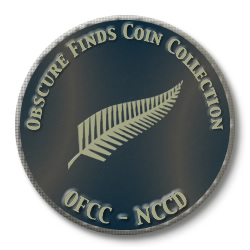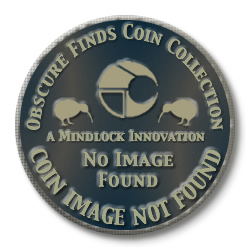1950-2001 - Deutsche Mark - 1 Pfennig Coin
The Pfennig (plural Pfennige), is an old German coin or note, which existed from the 9th century until the introduction of the euro in 2002.
The first German deutschemark coins were issued by the Bank deutscher Länder in 1948 and 1949. From 1950, the inscription Bundesrepublik Deutschland (Federal Republic of Germany) appeared on the coins.
Denomination 1 Pfennig
Dates issued 1950–2001
Composition Copper-plated steel
Obverse Denomination between rye stalks
Reverse Oak sprig
Mintage
München, Germany (D) 772.591.305
Stuttgart, Germany (F) 898.276.399
Karlsruhe, Germany (G) 515.664.371
Hamburg, Germany (J) 784.424.064
REF
DM Coins 1 Pfennig Coin
Source: bundesbank.de
From 1 January 2002, euro banknotes and coins are legal tender in all EU member states participating in monetary union. This has nullified the legal tender status of all payment media denominated in Deutsche Mark. The Bank has called in for exchange all DM coins (which have been withdrawn from circulation) - with the exception of the 2 DM coin first issue.
Attribute Specification
Coin 1 pfennig
Metal Copper-coated steel
Diameter 16.50 mm
Width 1.38 mm
Mass 2.00g
Edge Smooth
Design Adolf Jäger, Frankfurt am Main
In circulation since 1948
REF
1 Pfennig
Source: en.numista.com
KM# 105
Features
Country Germany - Federal Republic
Years 1950-2001
Value 1 Pfennig (0.01 DEM)
Metal Copper plated Steel
Weight 2 g
Diameter 16.5 mm
Thickness 1.38 mm
Shape Round
Orientation Medal alignment ↑↑
Demonetized 12-31-2001
REF
 Germany 1982 J 1 pfennig ( 1pf )
Germany 1982 J 1 pfennig ( 1pf )
 Obverse
Obverse
 Reverse
Reverse

